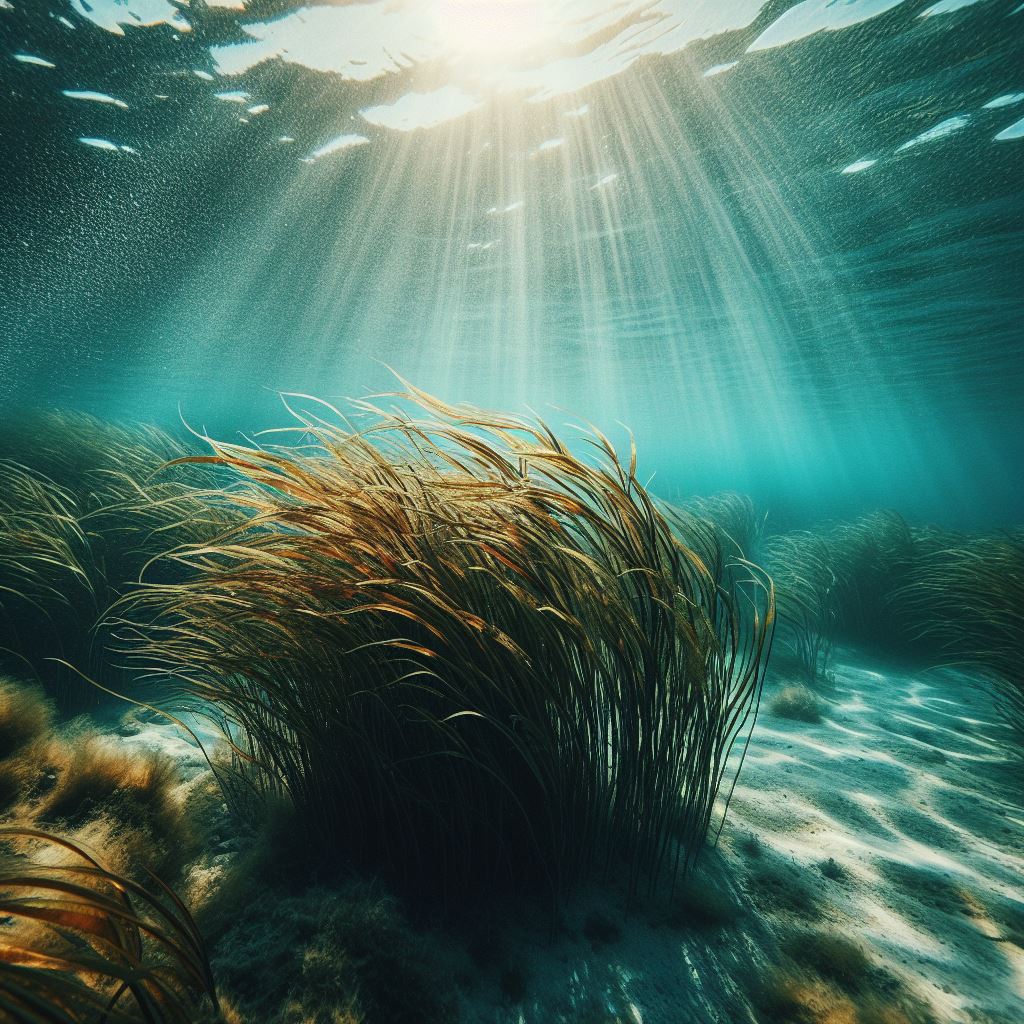Article by: Farah Izana Abdullah
Genetic selection in aquaculture refers to the process of selectively breeding aquatic organisms, such as fish, shrimp, and other species, to improve desirable traits and characteristics in their offspring. This practice is aimed at enhancing the genetic makeup of the population to achieve specific goals, such as faster growth, disease resistance, improved feed conversion efficiency, and better product quality. Here are some key points regarding genetic selection in aquaculture:
- Selective Breeding: Selective breeding involves choosing the best-performing individuals with desirable traits, such as size, growth rate, or resistance to diseases, to be the parents of the next generation. By doing so, the genetic traits of interest can be passed on to the offspring.
- Heritability: Heritability refers to the extent to which a specific trait is influenced by genetics. Traits with higher heritability are more responsive to selective breeding. In aquaculture, traits like growth rate and disease resistance often have moderate to high heritability.
- Breeding Programs: Aquaculture operations often establish formal breeding programs that carefully manage the selection of broodstock (parental organisms) to improve specific traits. These programs may involve controlled mating, genetic evaluations, and pedigree records.
- Marker-Assisted Selection: In some cases, genetic markers are used to identify specific genes associated with desired traits. This enables more precise selection of broodstock.
- Inbreeding Avoidance: While selective breeding can lead to improvements, it must be done carefully to avoid inbreeding, which can result in decreased genetic diversity and health issues. Genetic diversity is crucial for long-term sustainability.
- Genetic Improvement Over Generations: The goal of genetic selection is to make incremental improvements over multiple generations. It may take several years to achieve significant changes in the traits of interest.
- Commercial Benefits: Genetic selection can lead to faster growth, reduced production costs, increased yield, and better product quality, all of which can benefit the aquaculture industry economically.
- Environmental Considerations: Sustainable genetic improvement should also consider the environmental impact. Strains that require fewer resources or produce less waste can help reduce the ecological footprint of aquaculture.
- Regulation and Ethical Considerations: Genetic selection in aquaculture is subject to regulation in some regions. Ethical considerations are also important, especially regarding the welfare of the animals involved.
Genetic selection is a valuable tool in aquaculture to meet the growing demand for seafood and enhance the industry's sustainability. By carefully selecting and breeding aquatic organisms with specific traits, aquaculturists can improve production efficiency and reduce the environmental impact of their operations.
Date of Input: 02/10/2023 | Updated: 26/10/2023 | izana.abdullah
MEDIA SHARING




























